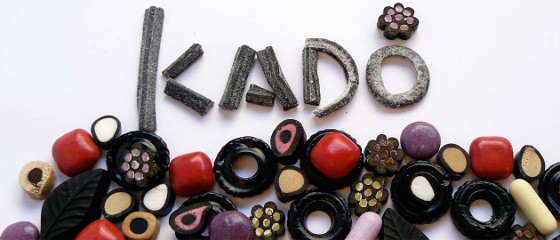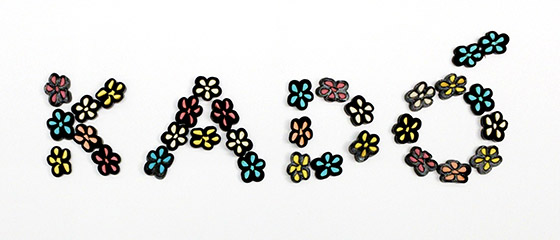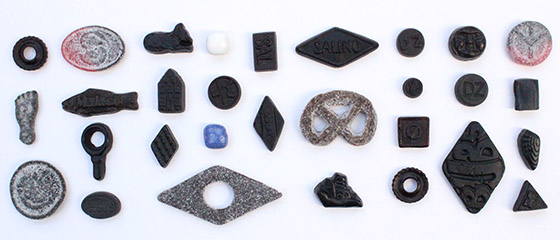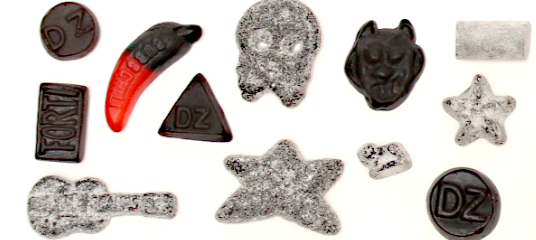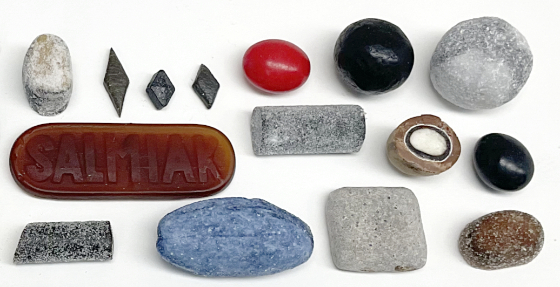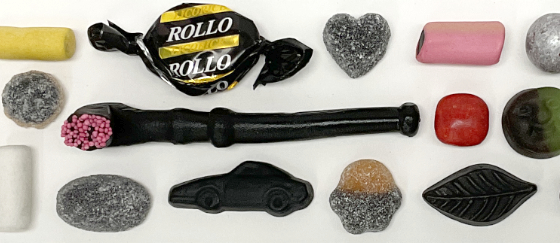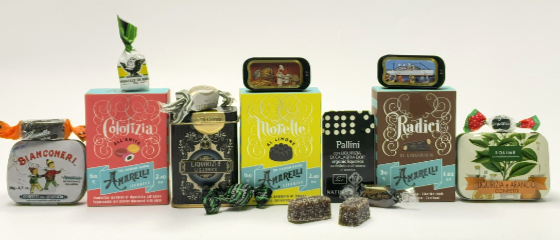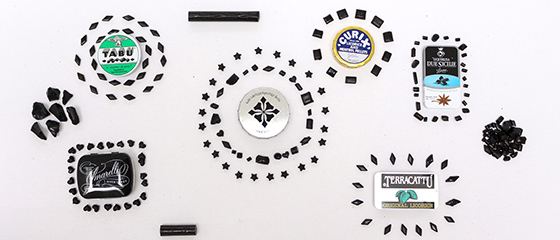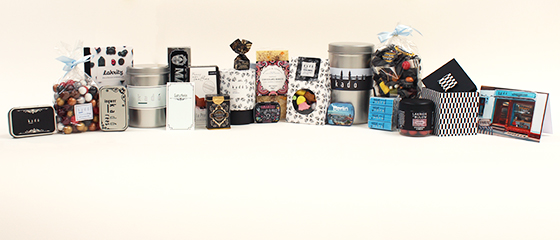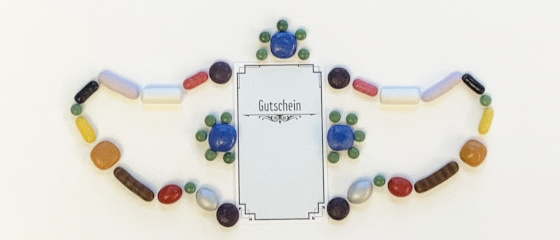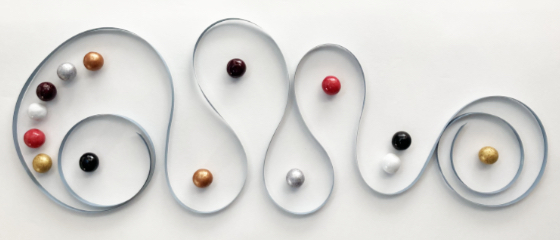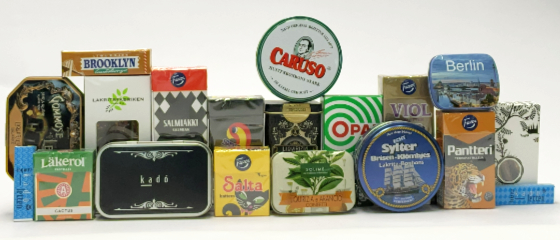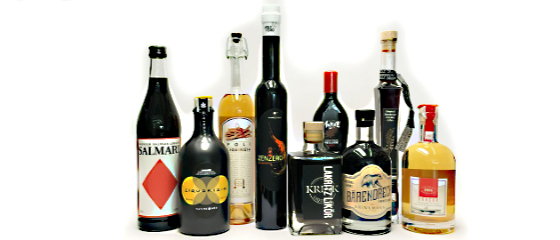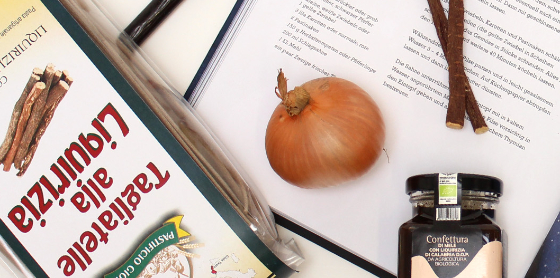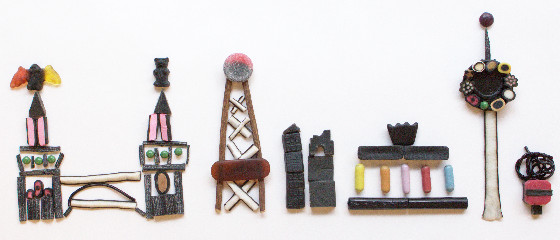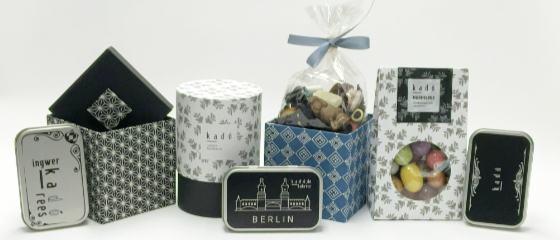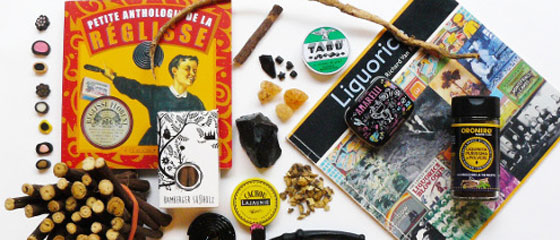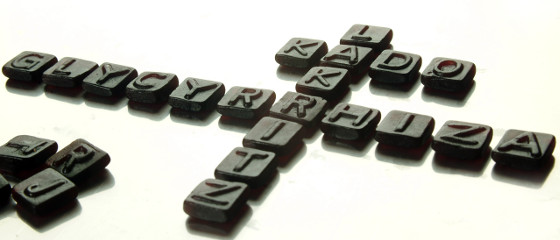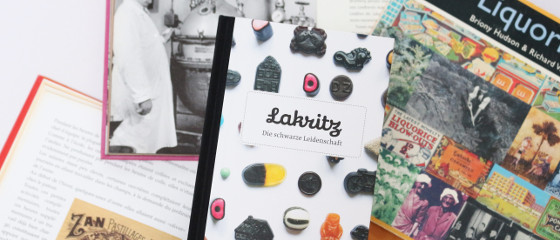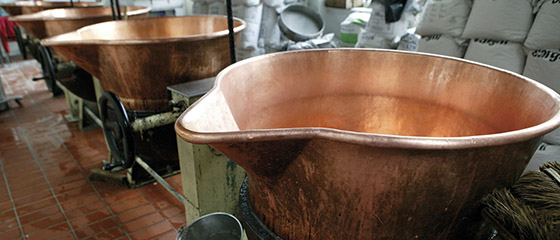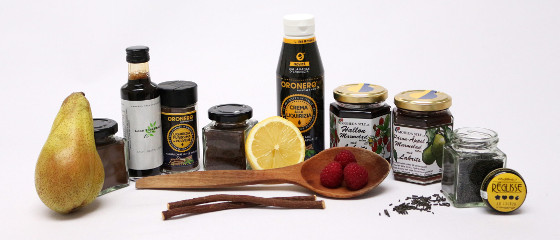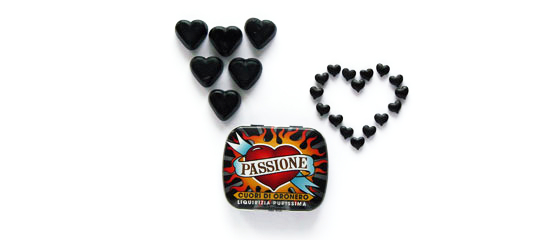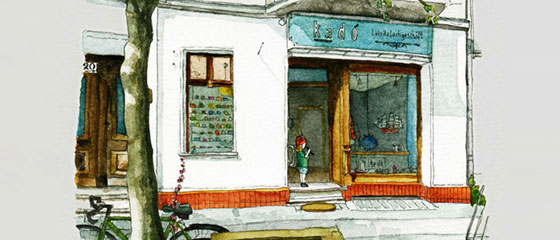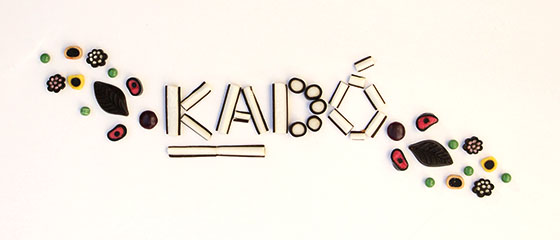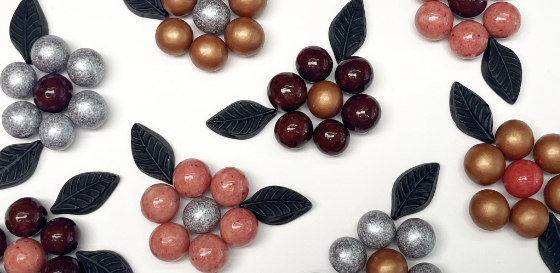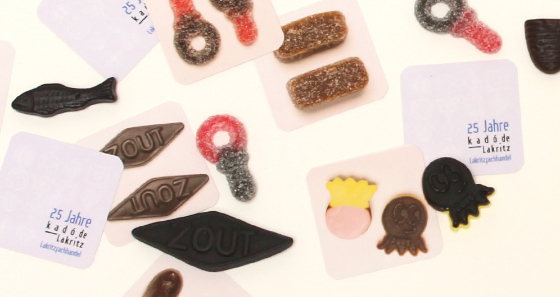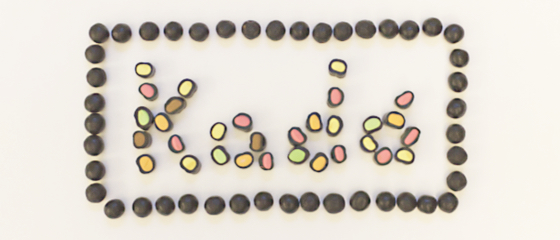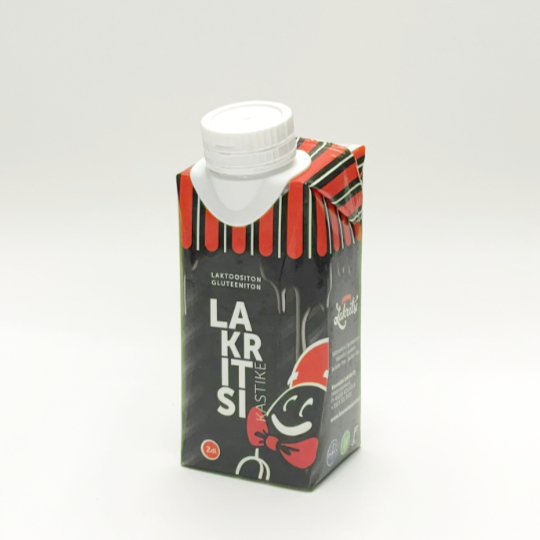| Term | Description |
|---|---|
| Licorice root | Liquorice, botanically Glycyrrhiza glabra, belongs to the legume and papilionaceous family. Only the roots of the liquorice plant are relevant for liquorice production. |
| Liquorice | Liquorice is a natural plant product of the liquorice root. Its black colour comes from the vegetable carbon dissolved in the cooking process. Pure liquorice tastes sweet-tart, bitter. The consistency is hard as candy. |
| Liquorice as a sweet | Liquorice as a sweet is closely linked to the spread of sugar. It was only when sugar became available cheaply in the form of beet sugar/glucose in the mid-19th century that liquorice became a sweet and salty candy in all its diversity. Liquorice is eaten most in Western Europe. The Finns hold the record with a per capita consumption of 10 kg per year. |
| Liquorice as medicine | The liquorice root is a component of many herbal, stomach and cough teas because of its digestible effect. The glycyrrhizin it contains increases blood pressure. Liquorice has a thirst- and hunger-reducing effect. |
| Liquorice bread | Pane Liquirizia is the first stage of the product obtained from the liquorice root. The "liquorice bread" is produced as an extract in the cooking process. Boiling approx. 100 kg of liquorice roots yields 10 kg of pure liquorice, Pane Liquirizia. |
| Liquorice during pregnancy | During pregnancy and breastfeeding, liquorice consumption should generally be reduced. Depending on the type of liquorice, the glycyrrhizin content varies from low in sweet-mild to high in pure liquorice. If you like to eat salty liquorice, there is also the blood pressure-increasing effect of salt and sal ammoniac on top. When eaten in moderation, liquorice can stimulate the circulation if blood pressure is low. But it can also affect the potassium balance and impair kidney function. |
| Liquorice equator | A not entirely serious "border" that shows where liquorice is eaten in Germany and where not. If you draw a line from Bonn across the country, liquorice is eaten with pleasure above the line and not at all (with pleasure) below it, see Bear Dirt. |
| Liquorice for adults | A maximum of 7.99 per cent salt is permitted in the recipe; this must be labelled in Germany as "Extra strong adult liquorice - not children's liquorice". |
| Liquorice history | The liquorice root is known worldwide and its properties have been described in all medical books since ancient times (800 BC), as well as in Traditional Chinese Medicine, or TCM for short. |
| Liquorice in european | Glycyrrhiza (Greek), Liquirizia (Italian), Reglisse (French), Regaliz (Spanish), Liquorice (English), Liquorice (German-speaking area), Drop (Dutch), Lakrits (Swedish), Lakrids (Danish), Lakris (Norwegian), Lakritsi (Finnish), Lakkris (Icelandic) |
| Liquorice ingredients | Glucose syrup, sugar, gelling agent, liquorice root extract (Pane Liquirizia), humectant, acidifier, flavouring, food colouring, glazing agent. |
| Liquorice root | Liquorice, botanically Glycyrrhiza glabra, belongs to the legume and papilionaceous family. Only the roots of the liquorice plant are relevant for liquorice production. |
| Liquorice varieties | Sweet or salty liquorice recipes are cooked. The main ingredient is glucose syrup. The addition of gelling agents, flavours and spices determine the taste and consistency of the respective liquorice variety. |
Neue Lakritze bei kadó
Shopping at kadó
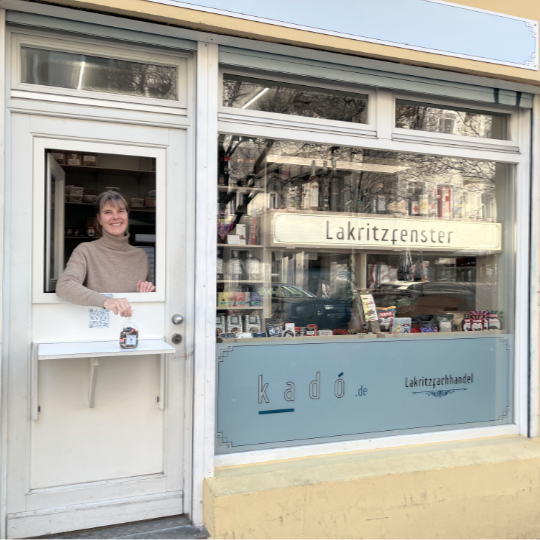
goes like this ...
Behind the scenes
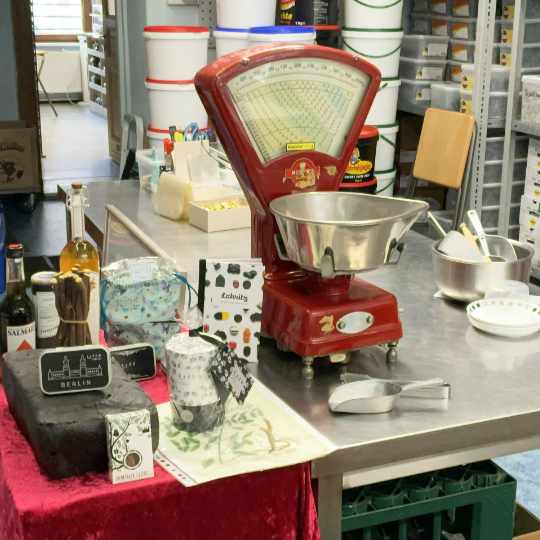
kadó for present
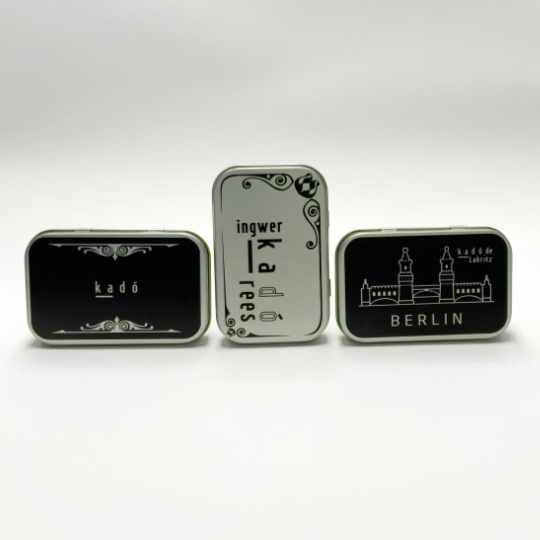
We will gladly advise you
Recommendation
kadó on Pinterest
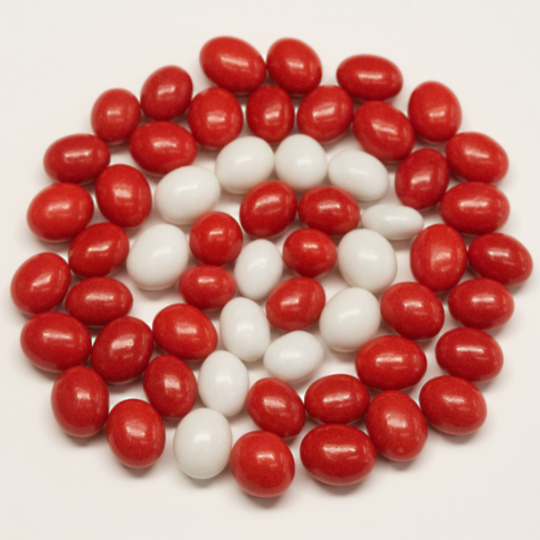
Follow us on Pinterest!

